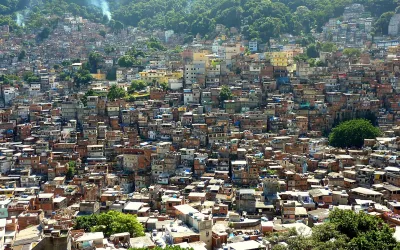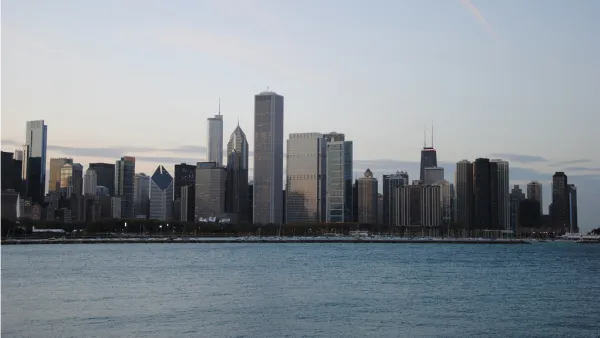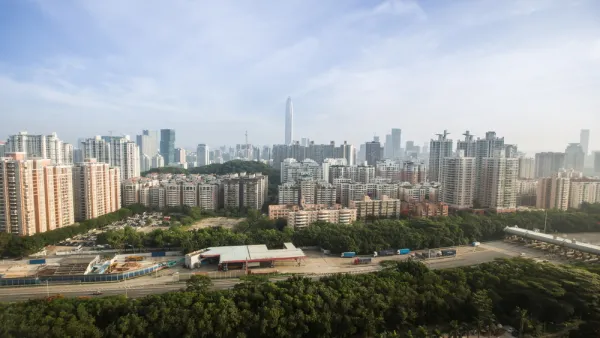The measures of urbanization vary widely, and the differences pose a challenge in developing policies and plans for cities.

Richard Florida considers the various ways in which levels of urbanism have been defined and measured. United Nations estimates say 55 percent of the global population is urban. But a new report from the European Commission puts this figure at 84 percent. The report also found higher urban levels in Asia and Africa.
The differences stem from the variety of ways urbanization is reported country by country, says Florida:
According to the EC group, about half of countries define urban based on a minimum population size threshold—85 percent of countries use a threshold of 5,000 people or fewer but other countries have dramatically higher requirements, like Mali’s 30,000, Japan’s 50,000, or China’s 100,000. Only a few countries use population density as a measure of urbanization.
However, researchers from New York University say the European Commission figures are too high and the 55 percent figure is more accurate. "[Shlomo] Angel believes the most effective way to gauge urbanization is not through population or density per se, but by looking at contiguous built-up areas of 100,000 or more people," reports Florida.
Florida argues that better, more consistent standards and analysis are essential for developing effective policy. "The research, data, and urban science we have on the world’s cities and urban areas is troublingly inadequate. If building better, more resilient, more sustainable, and more prosperous cities is key to our future global well-being, it is critical that we do much better."
FULL STORY: Just How Much of the World Is Urban?

National Parks Layoffs Will Cause Communities to Lose Billions
Thousands of essential park workers were laid off this week, just before the busy spring break season.

Retro-silient?: America’s First “Eco-burb,” The Woodlands Turns 50
A master-planned community north of Houston offers lessons on green infrastructure and resilient design, but falls short of its founder’s lofty affordability and walkability goals.

Delivering for America Plan Will Downgrade Mail Service in at Least 49.5 Percent of Zip Codes
Republican and Democrat lawmakers criticize the plan for its disproportionate negative impact on rural communities.

Test News Post 1
This is a summary

Test News Headline 46
Test for the image on the front page.

Balancing Bombs and Butterflies: How the National Guard Protects a Rare Species
The National Guard at Fort Indiantown Gap uses GIS technology and land management strategies to balance military training with conservation efforts, ensuring the survival of the rare eastern regal fritillary butterfly.
Urban Design for Planners 1: Software Tools
This six-course series explores essential urban design concepts using open source software and equips planners with the tools they need to participate fully in the urban design process.
Planning for Universal Design
Learn the tools for implementing Universal Design in planning regulations.
EMC Planning Group, Inc.
Planetizen
Planetizen
Mpact (formerly Rail~Volution)
Great Falls Development Authority, Inc.
HUDs Office of Policy Development and Research
NYU Wagner Graduate School of Public Service





























